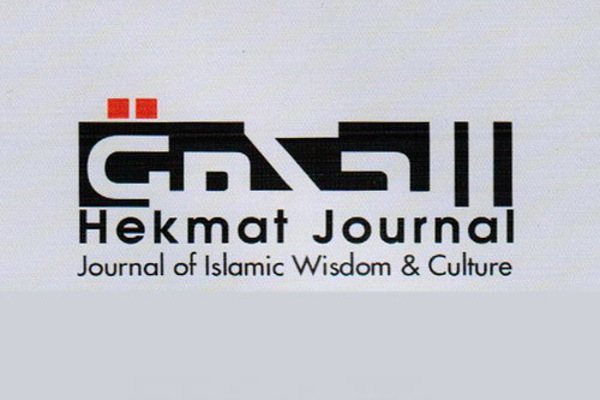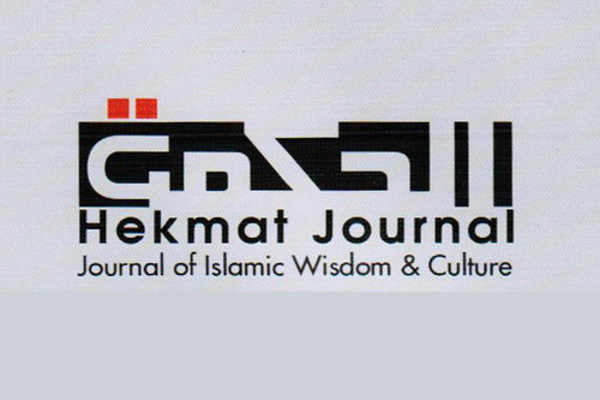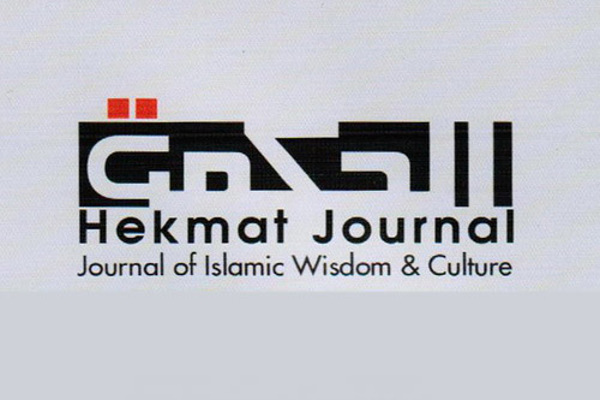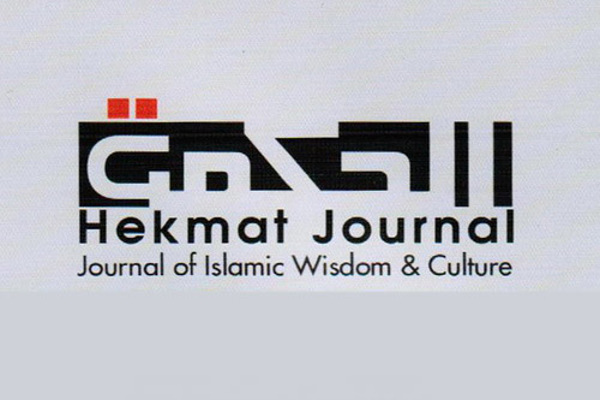American Youth in Crisis / Dr. Hussein Al-Amili

Did the parents fail these children? Have the parents been blinded by the pursuit of material wealth, and duped by the trappings of modern day life so they don’t listen anymore to the children’s cry for help? Have schools abandoned their mission of moral upbringing and focused only on teaching language, math and science? Have society and government done away with moral values and become more interested in Dow Jones and Interest rates?
It is very difficult to find consensus on these questions, let alone finding answers. Depending on the political or moral view, there are multitude of questions and answers, but there is no denying that American youth are going through a crisis. They seem to lack direction and proper guidance, and through violence they’re expressing outrage against society and its institutions. American youth are going down, but not alone, they are taking other people with them. As Kip Kinkel, the 15-year old who killed his parents and two students at school, puts it: “Hate drives me. …I am so full of rage. …Everyone is against me. …As soon as my hope is gone, people die.” (MSNBC, Oct. 10, 2007).
Youth and crime
US juvenile crime statistics report that 2.2 million juveniles were arrested in 2006 for crimes that included murder, robbery, rape, aggravated assault, burglary, auto-theft, arson and other petty crimes. About 80% of the murders involved the use of a firearm. The report also shows most of these crimes were committed on school days, 56% of the victims were acquaintances to the teenager and 44% were total strangers. About 29% of theses crimes were committed by teenagers under the age of 15, and about 29% were committed by female teenagers (Statistical Briefing Book, 2007)
American Schools have had their share of the juvenile violence. During the last year alone, schools have increasingly become the scene for violent crimes involving disgruntled youth. The senseless school violence and shootings have alarmed American society and taken parents, communities, policy makers, law enforcement authorities and educators by surprise. Following the Amish school shootings that left five girls dead and about 15 injured, the Bush administration called for the creation of a panel that would look into violence in American schools. In an address to reporters, Dana Perino, White House spokeswoman, told reporters that:
“School violence breaks America’s collective heart when innocent children who are at school to learn are violently taken hostage and cut down in their own schools”. (MSN, Oct. 3, 2006).
Two of these school shooting incidents were notoriously violent and left scores of people dead and injured. The Columbine High School massacre occurred in April of 1999, where two students embarked on a shooting rampage killing 12 students and a teacher and wounding another 23 others before committing suicide. And most recently in April 2007 Virginia Tech massacre, considered to be the deadliest school shooting in U.S. history, when a gunman stormed the premises of the VT killing 32 students and wounding 15 others before taking his own life.
The root causes of juvenile crimes
The Virginia Tech massacre provoked a public debate over gun control laws, the availability of firearms in the U.S., and gun violence involving youths. Much of the discussions centered on school environment and youth cultures, as well as on the role of violent films, music and video games.
On the issue of gun control, in August of last year, an MSN poll found that 59% of Americans did not believe that stricter gun control policies would have prevented the Virginia Tech massacre and were opposed to gun control measures. The most vocal and powerful opponent of gun control, the National Rifle Association, was very adamant on keeping the status quo, and used its lobbying influence to block any attempt at restricting gun ownership, which is guaranteed by the 2nd Amendment of the American constitution. It is worth mentioning here that the number of guns in America is estimated at 192 million, that is on average almost 2 out of 3 Americans own a gun.
Seeing that school shootings are on the rise, some American schools introduced tough security measures such as the

Despite the attempt by politicians and educators to make sense of the youth violence, the discussions bypassed the real issues at stake. For instance, little is said about the responsibility of parents, the school system, and the society’s value-system , the three main influential factors in children upbringing and education. Even on the issue of gun control, the debate reached a deadlock and then died down afterwards, as it is the case every time the gun issue is raised.
Although Americans voice their concern about the exposure of their children to a great deal of violence, produced mainly by the film and the video-game industries, little has been done to meet those concerns and curb the violence in the media.
Lawmakers in Congress and in the states assume that the high level of crime in America must have its roots in material conditions, such as poor employment opportunities and a shortage of adequately funded social programs. This view blinds policymakers to the personal aspects of crime, including moral failure, the refusal to exercise personal responsibility, the lack of proper parenting, the absence of good role models, and the challenge that the new forms of family and marriage are creating to the traditional family and marriage institutions, and the breakdown of the community. Children lack the attention and the affection that the traditional family and community provide, and it seems that with the disappearance of a common code of conduct within the family and the community, many of the previously unacceptable social and moral practices have become permissible and promoted by the media and publicity.
However, some concerned Americans, from the left and right of the political and religious spectrums, began addressing several social, economic, and moral issues in attempt to demystify the underlying factors for the youth violence. In this article, I have tried to compile these issues and use some statistics to substantiate the arguments. In sum, youth violence in America is blamed on several factors such as: the breakdown of the traditional family, the disappearance of community support, poverty, the alienating schooling system, the bad influence of the media, the peer pressure, the declining importance of the society’s moral values, and the lack of political will to legislate social and economic measures that would protect the family and the community. We will not be able to tackle each one of these factors in detail, but we will try to touch on the concerns people raise with regard to each one of these factors.
1) Breakdown of the traditional family and marriage institution
A recent article by Tim Evans shows that in the US on average, about 36% of all births are to unwed mothers. Furthermore, the majority of these mothers are single, that is, the father is out of the picture. In some states, such as the state of Indiana, the out-of-wedlock birthrate reaches 40% of all births. That rate is much higher in the black community, since about 80% of the state’s cases of birth are attributed to unwed black mothers.
The 2005 US statistics show that only 36.4% of American black families are headed by married parents, 55% headed by single mothers and 8.6% by single fathers. The explosion of births to unwed mothers has had a domino effect on the U.S. society in general: increase in poverty, child abuse, school drop-out, juvenile crime, and teen-age pregnancy. Child Trends, a non-partisan national children’s research organization, reports that children born to single mothers are more likely to:
- Live in poverty (about 56% of Black children between the ages of 0 and 17 live in poverty in the US)
- Abuse of drugs
- Have low educational attainment





